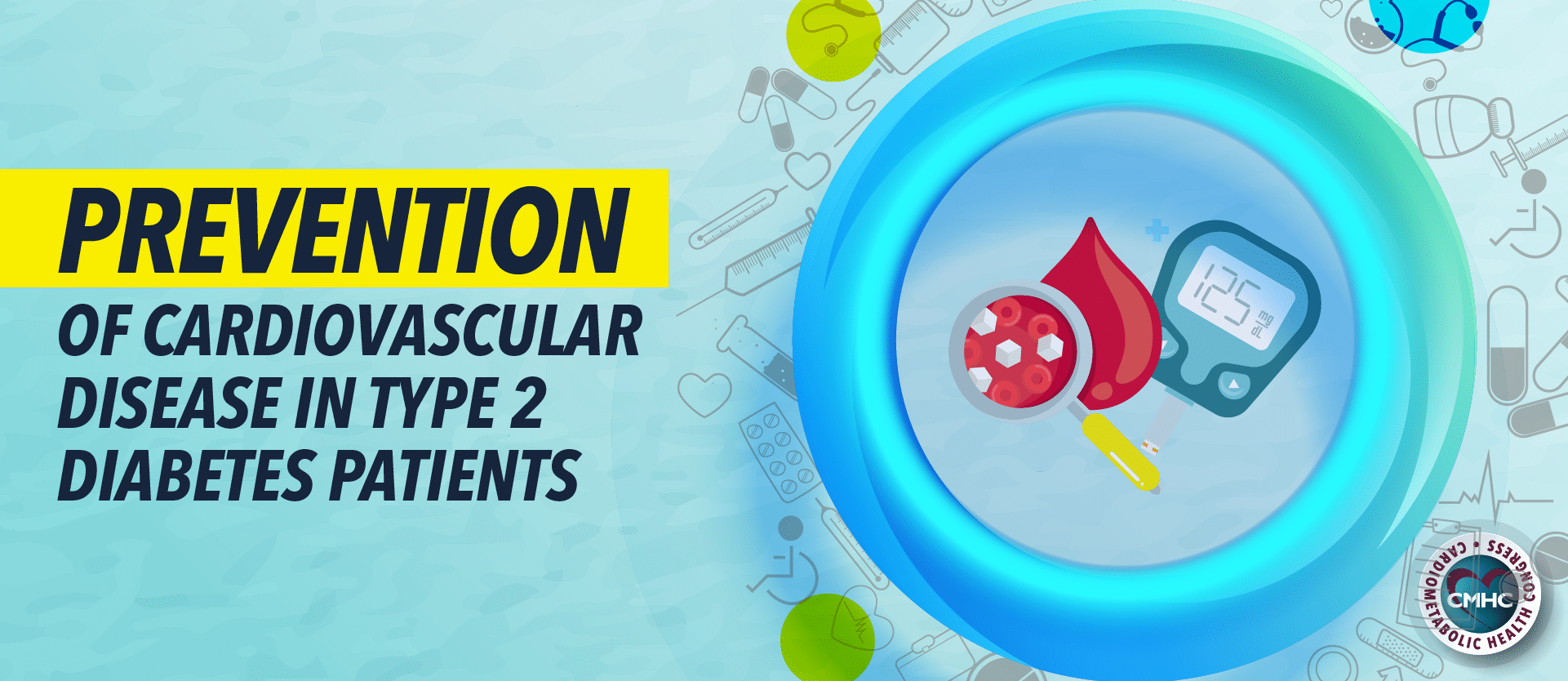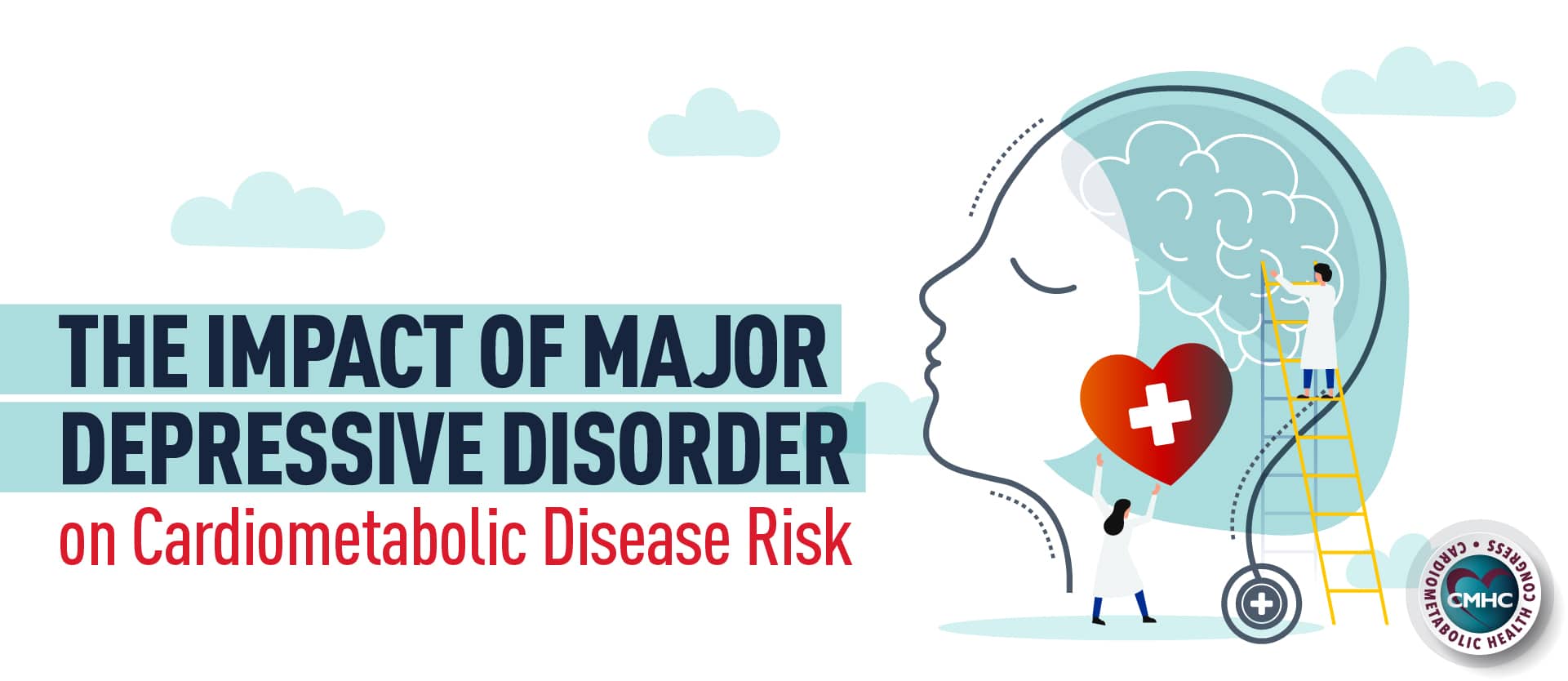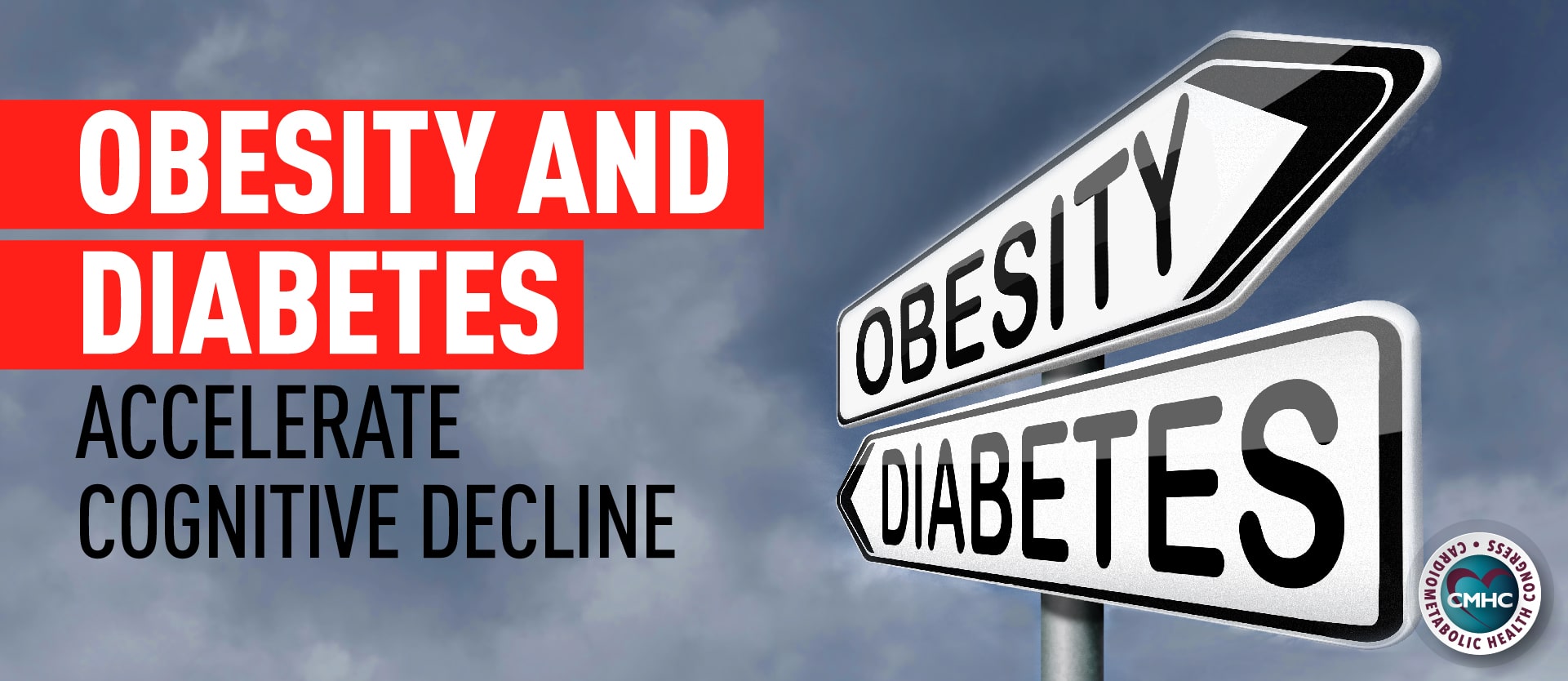With a dramatic increase in the prevalence of type 2 diabetes mellitus (T2DM), the unrelenting obesity epidemic, and rising cardiovascular disease-related mortality rates, the management of cardiometabolic risk factors and prevention of the progression to disease are essential steps toward improving population health. The underlying connection between T2DM and cardiovascular disease underscores the significance of several key lifestyle factors, such as nutrition and physical activity, and their impact on patient outcomes. Currently, the repercussions of poorly managed T2DM are severe; individuals with T2DM face a doubled mortality risk as well as 10-fold increased rate of hospitalization for coronary heart disease.
More than one-third of American adults are at risk of developing type 2 diabetes, while over 35 million currently have diabetes – of which 90-95% are cases of T2D – and experiences a substantially higher risk of CVD. There is an urgent need to develop more comprehensive prevention strategies for these at-risk patients, involving not only on endocrinology and primary care, but also cardiology to successfully reduce the risk of cardiovascular events and effectively manage T2DM.
Reducing the burden of cardiovascular disease in the United States requires a multifactorial approach, combining physicians across specialties to ensure comprehensive patient care. To improve prevention strategies, the American College of Cardiology (ACC) and the American Heart Association (AHA) updated its latest guidelines to include specific recommendations for the management of patients with T2D. Targeting four key areas – nutrition, statin therapy, physical activity, and antihyperglycemic agents – the new guidelines aim to inform clinicians about the benefits of effectively lowering blood pressure, and thus CVD risk, using a combination of these methods.
4 Key Recommendations for Primary Prevention
Nutrition
In order to improve glycemic control, assist in weight management, and ameliorate other risk factors, the AHA and ACC recommend all adults with T2D to implement a heart-healthy diet. Increased consumption of vegetables, fruits, nuts, whole grains, and healthy fats combined with a reduced intake of refined carbohydrates, processed meats, and sugar-sweetened beverages has a range of positive health effects and has proven especially efficacious at improving glycemic control in patients.
Previous research has found that the Mediterranean, Dietary Approaches to Stop Hypertension (DASH), and vegetarian diets can significantly improve CVD risk factors <>. A large-scale clinical trial evaluating the impact of the Mediterranean diet on cardiac death, myocardial infarction, and stroke found a 30% decrease in primary outcome in individuals consuming the diet. Further analysis revealed that the risk reductions were applicable to participants with and without T2DM.
Nutritional counseling should be performed with the help of a diabetes specialist or dietitian, while established weight and dietary goals should be closely monitored.
Physical Activity
Alongside a heart-healthy diet, an active lifestyle is another key component of successful CVD prevention. Advocating for further lifestyle modifications, the AHA and ACC highlight the importance of physical activity, providing a target goal of at least 150 minutes of moderate physical activity or 75 minutes of vigorous activity per week.
Clinical trial results reveal variation in the magnitude of blood glucose and weight reduction dependent on patient specific factors, however, overall improvement was observed for both measures. In a 2001 meta-analysis of 14 exercise studies, researchers found a reduction in hemoglobin A1c of 0.5% as a result of physical activity interventions. A combination of aerobic and resistance exercise was found to be the most effective, lowering HbA1c levels by nearly 1%. Although it is difficult to measure the impact of lifestyle interventions on CVD outcomes in long-term, large-scale trials, several studies have revealed improvement in rates of CVD events in T2DM patients associated with regular physical activity.
Metformin
According to the AHA and ACC guidelines, the use of metformin as a first-line therapy at the time of T2DM diagnosis is recommended alongside lifestyle interventions focused on glycemic control and the reduction of CVD risk. In younger patients, however, lifestyle changes alone may be considered prior to beginning metformin therapy.
A well-established treatment for TD2M for patients unable to maintain glycemic control through lifestyle modifications, metformin can reduce HbA1c levels without the weight gain or hypoglycemia associated with other oral therapies. Metformin use has been consistently linked to lower cardiovascular mortality rates and when added to insulin can reduce the required dose to reach optimal targets. Although insulin is effective for targeting glucose levels, it may lead to increased resistance and weight gain in patients with type 2 diabetes while increasing CVD events and all-cause mortality. Lower insulin doses related to metformin use have been associated with improved health outcomes.
SGLT-2 Inhibitors and GLP-1 Receptor Agonists
The final recommendation from the updated guidelines encourages adults with T2DM who are unable to obtain glycemic control, despite both lifestyle modifications and metformin therapy, to consider the introduction of either of the two new medication classes. Both sodium-glucose cotransporter-2 (SGLT-2) inhibitors and glucagon-like peptide-1 receptor agonists (GLP-1RAs) have been found to effectively lower blood pressure, reducing the number of CVD events in T2DM patients without leading to weight gain.
SGLT-2 inhibitors cause a decrease in serum glucose, diuresis, and weight loss which has led to an 11% reduction in CV death, myocardial infarction, and stroke in clinical trials. However, this association was only observed in patients with a history of cardiovascular disease although, the medication lowered heart failure hospitalization rates by 31% regardless of CVD history. The body of research concerning SGLT-2 inhibitors is still growing yet some studies suggest their use may be tied to increased risks of lower limb amputations.
Yielding a similar reduction in HbA1c levels, GLP-1RAs lower glucose levels by stimulating insulin production and suppressing glucagon in hyperglycemic states. In clinical trials, GLP-1RAs had a better safety profile than SGLT-2 inhibitors and proved just as effective at improving CVD outcomes – however, no reduction in heart failure rates occurred.
Reducing the burden of CVD in the American population requires a comprehensive approach to T2DM patient care, combining the strengths of cardiologists, endocrinologists, and primary care physicians to achieve optimal health outcomes. The AHA and ACC guidelines targeted at the T2DM population facing a high risk for CVD illustrate the necessity of cardiologist involvement to effectively manage the condition and prevent cardiovascular disease progression. As data from forthcoming trials becomes available, new strategies for primary prevention therapies may emerge, however, the universally important lifestyle factors of healthy nutritional patterns and regular physical activity constitute the first-line of therapy.


















